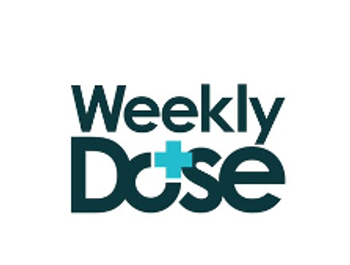
A1c Variability Predicts CVD in Type 2 Diabetes, Hypoglycemia May Mediate Impact
Variability in A1c during the first 2 years after T2D diagnosis is a strong predictor of CV disease; study authors note the risk may be mediated by severe hypoglycemic episodes.
Greater visit-to-visit variability in HbA1c (A1c) in patients with type 2 diabetes (T2D) during the first 2 years after diagnosis is associated with a significant increase in risk for cardiovascular disease (CVD), according to findings published in
In their analysis of more than 29 000 participants with T2D and without baseline heart disease, researchers from the Pennington Biomedical Research Center at Louisiana State University found a 59% greater risk of incident CVD in T2D patients with the highest level of variability in A1c compared to those with the lowest level of variability.
Their findings support previous research that has shown that swings in the level of A1c--the average blood glucose level over a period of 2 to 3 months--may be a better predictor of complications of diabetes than a measure at any one clinic visit.
“The underlying mechanism for the relationship between wide variations in blood sugar levels between doctor’s appointments and high risk of heart disease in patients with type 2 diabetes is unclear,” said Gang Hu, MD, MPH, PhD, an associate professor and director of the Chronic Disease Epidemiology Lab at Pennington Biomedical Research Center at LSU, in a statement. “It’s possible that episodes of severely low blood sugar may be the connection.”
Hu and colleagues performed a retrospective cohort study using electronic health record data from January 1, 2013 to April 3, 2018 from the Louisiana Experiment Assessing Diabetes outcomes (LEAD) cohort study. A total 29 260 patients were identified who had at least 4 A1c measurements obtained within 2 years of their index T2D diagnosis. Mean age was 66.3±12.5 years, 40.6% (n=11 868) were African American, and 45.9% (n=13 430) were men. Covariates used in the final analysis were age at diabetes diagnosis, race/ethnicity, BMI, blood pressure, cholesterol levels, tobacco use, eGFR, and medication use.
Cox proportional hazards regression models were used to assess risk of CVD according to quartiles of A1c standard deviation (SD), A1c coefficient of variability (CV), and adjusted A1c SD. Mean A1c values were 6.3±0.7%, 6.7±0.8%, 7.5±1.1%, 8.6±1.5% for the first, second, third, and fourth quartile, respectively (P<.001).
During a mean follow‐up of 4.18 years, a total of 3746 incident CVD were diagnosed. Multivariate‐adjusted hazard ratios for cardiovascular disease across the first, second, third and fourth quartiles of A1c SD values were 1.00, 1.30 (95% confidence interval [CI] 1.18‐1.42), 1.40 (95% CI 1.26‐1.55) and 1.59 (95% CI 1.41‐1.77) (P for trend <.001), respectively.
When A1c CV and adjusted A1c SD values were used as exposure, similar positive associations were observed. Variability in A1c also was associated with the risk of first and recurrent severe hypoglycemic events. Severe hypoglycemia appeared to have a mediating effect between A1c variability and incident CVD.
“We recommend that patients and their doctors implement therapies that can reduce wide swings in blood sugar levels and the associated episodes of severe low blood sugar,” added Hu in the LSU statement. “Our findings suggest that measuring the swings in blood hemoglobin A1c levels over a specific time – six months to a year, for example – could serve as a supplemental blood sugar target.”
Newsletter
Enhance your clinical practice with the Patient Care newsletter, offering the latest evidence-based guidelines, diagnostic insights, and treatment strategies for primary care physicians.






























































































































































































































































































